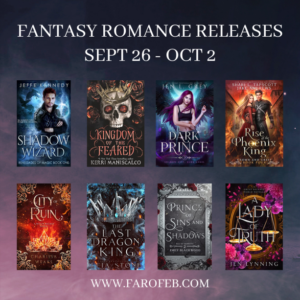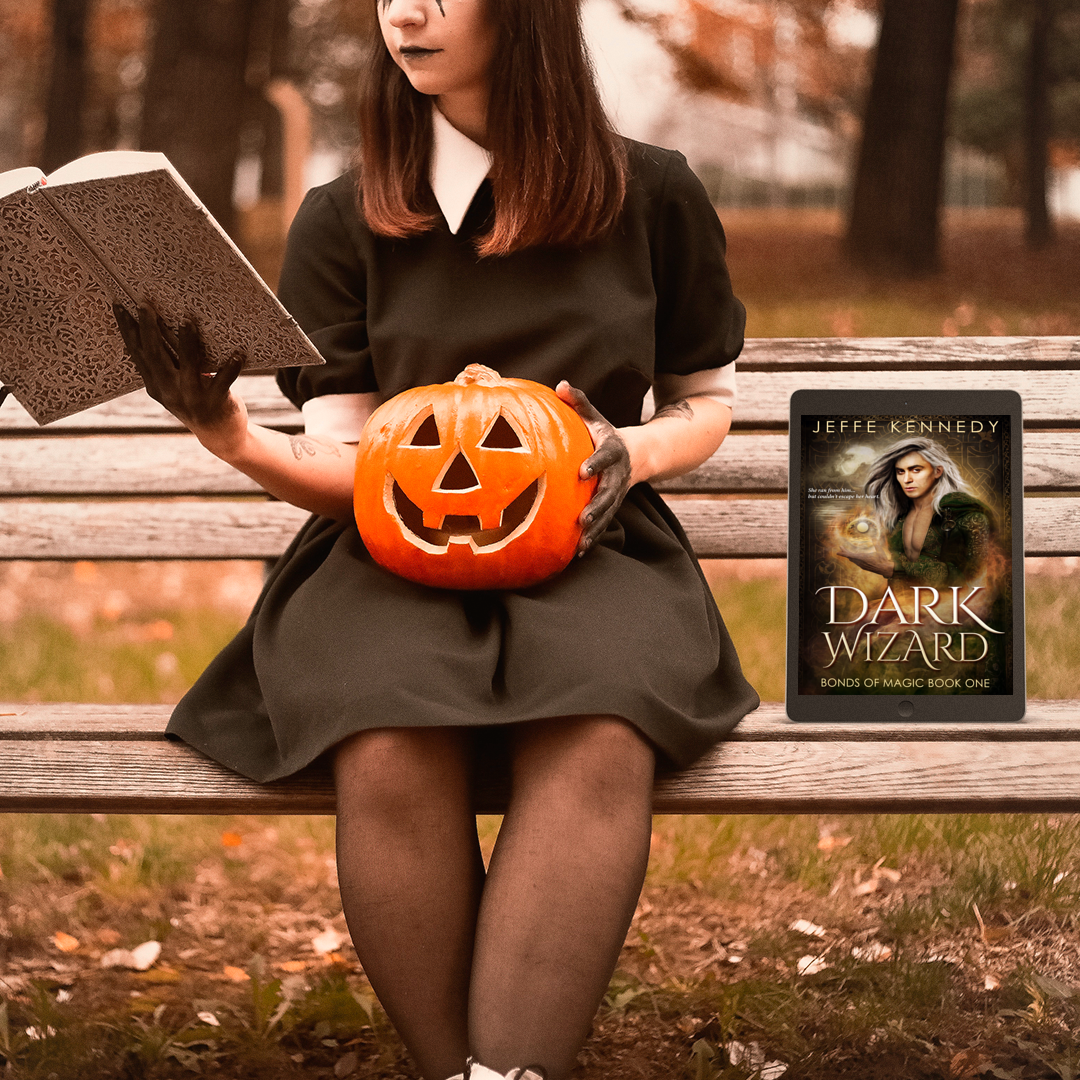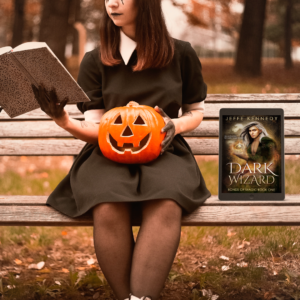Update on my super-exciting news! I’m still having to be circumspect, but I’m sharing broad strokes, what this means to me, how utterly thrilled I am, and what it means to persist and not set a deadline on goals.

RITA ® Award-Winning Author of Fantasy Romance
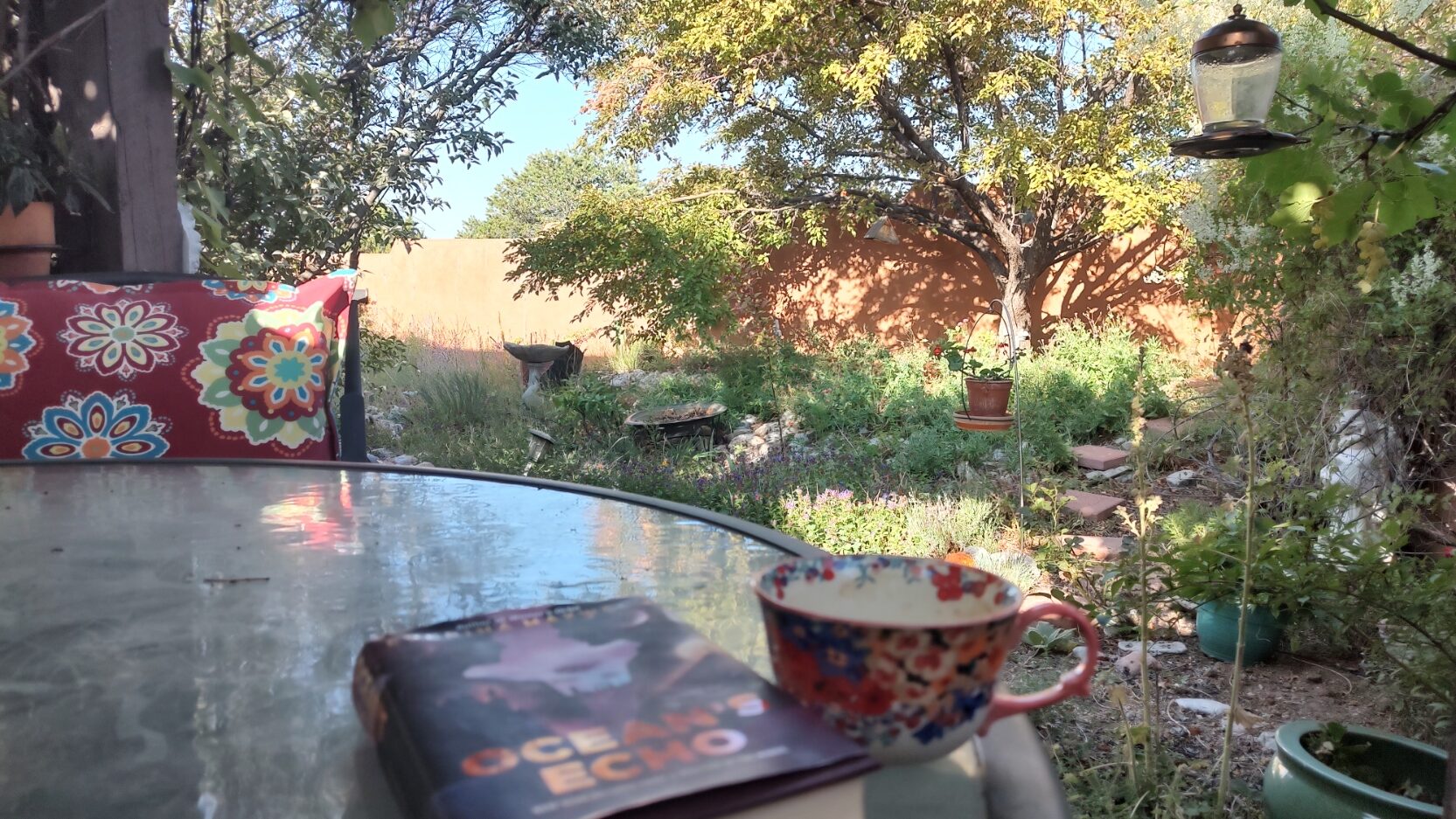
Update on my super-exciting news! I’m still having to be circumspect, but I’m sharing broad strokes, what this means to me, how utterly thrilled I am, and what it means to persist and not set a deadline on goals.

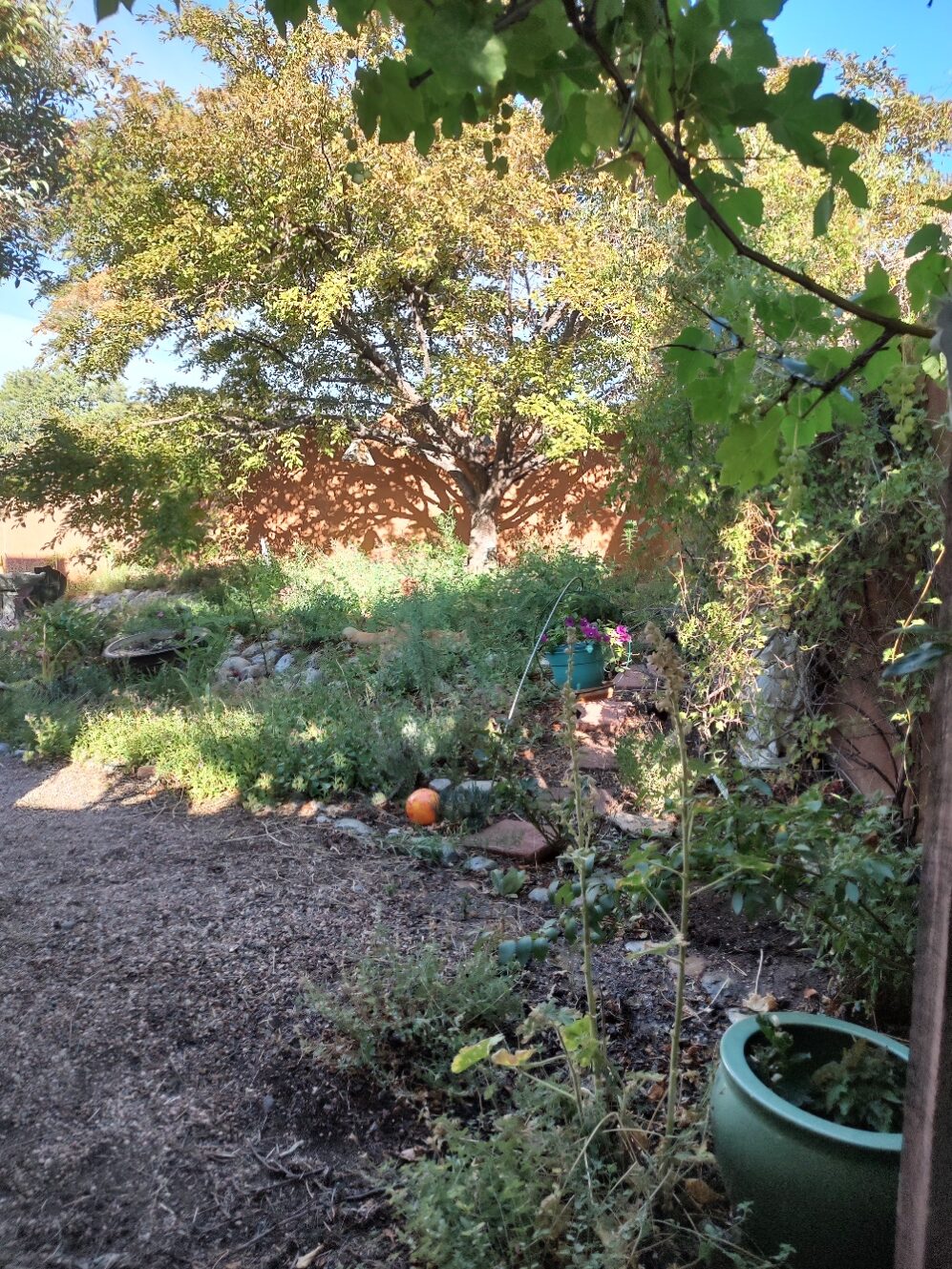
Critique and other feedback! What makes crit useful and not, how to know what to take and what to discard (Spoiler: it doesn’t get easier), and what we can learn about giving useful critique.
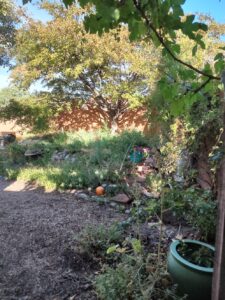
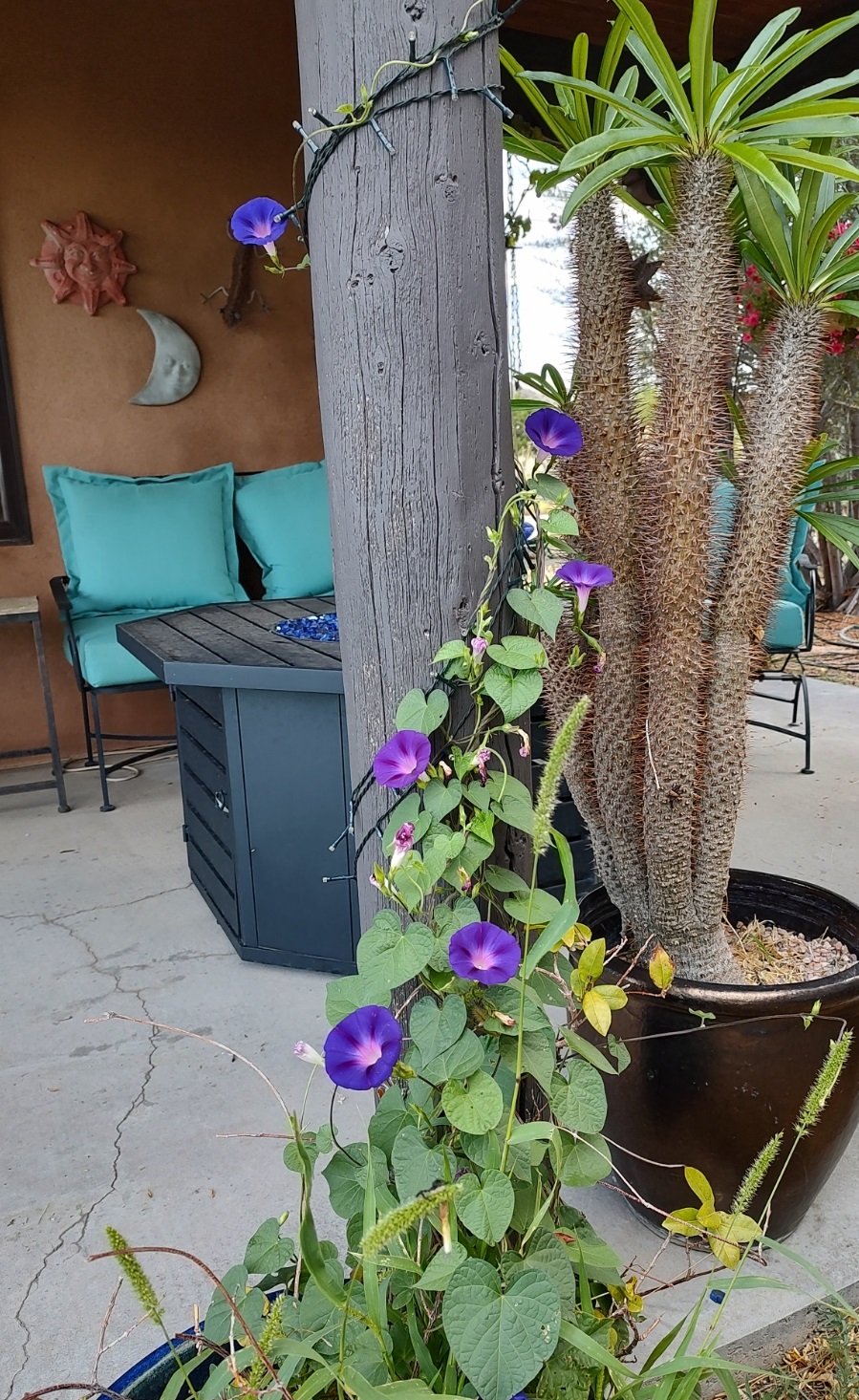

I had Plans for today’s blog post here at the SFF Seven. But we know what the poet said about best-laid plans…
Yes, my day has gang agley.
All in a good way, though. I got a lot done. Important stuff, just not quite the several steps required to post what I hoped to post today. So the short and dirty update is:

I’m digging into how I balance the various demands of being a hybrid author, giving details on my current decision-tree, how I decide what to give my agent to submit to traditional publishing, etc.


Thoughts on learning to paint by numbers, or learn to follow the rules of craft before you break them. How I’m breaking my own rule, on epistolary romances, and a funny story about my granddaughter.

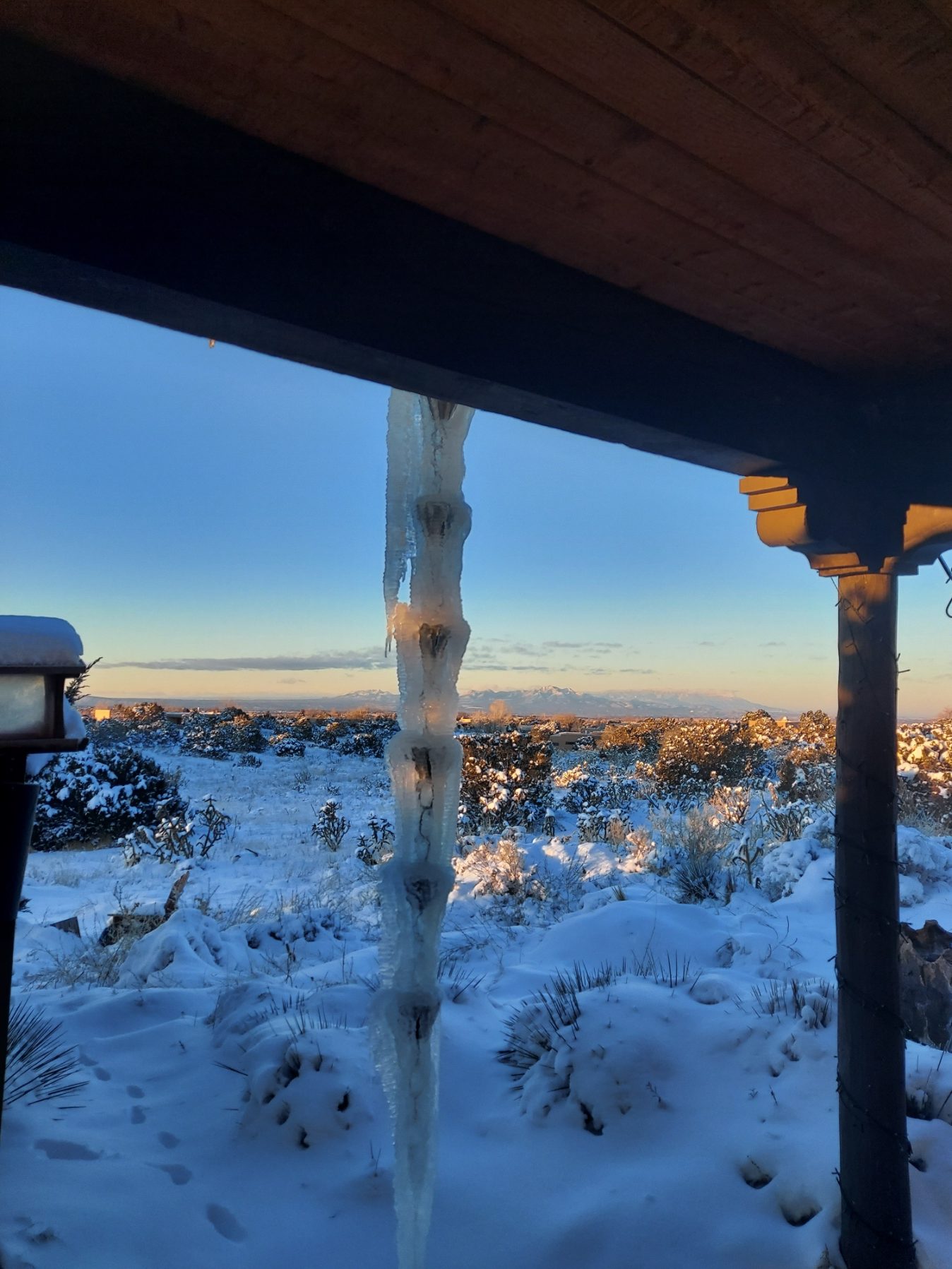
Exciting news from Tor on their new romantic imprint, Bramble. Also thoughts on my struggles with ROGUE FAMILIAR and why I should learn to take my own writing advice.
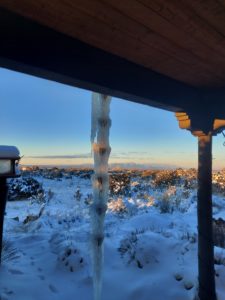
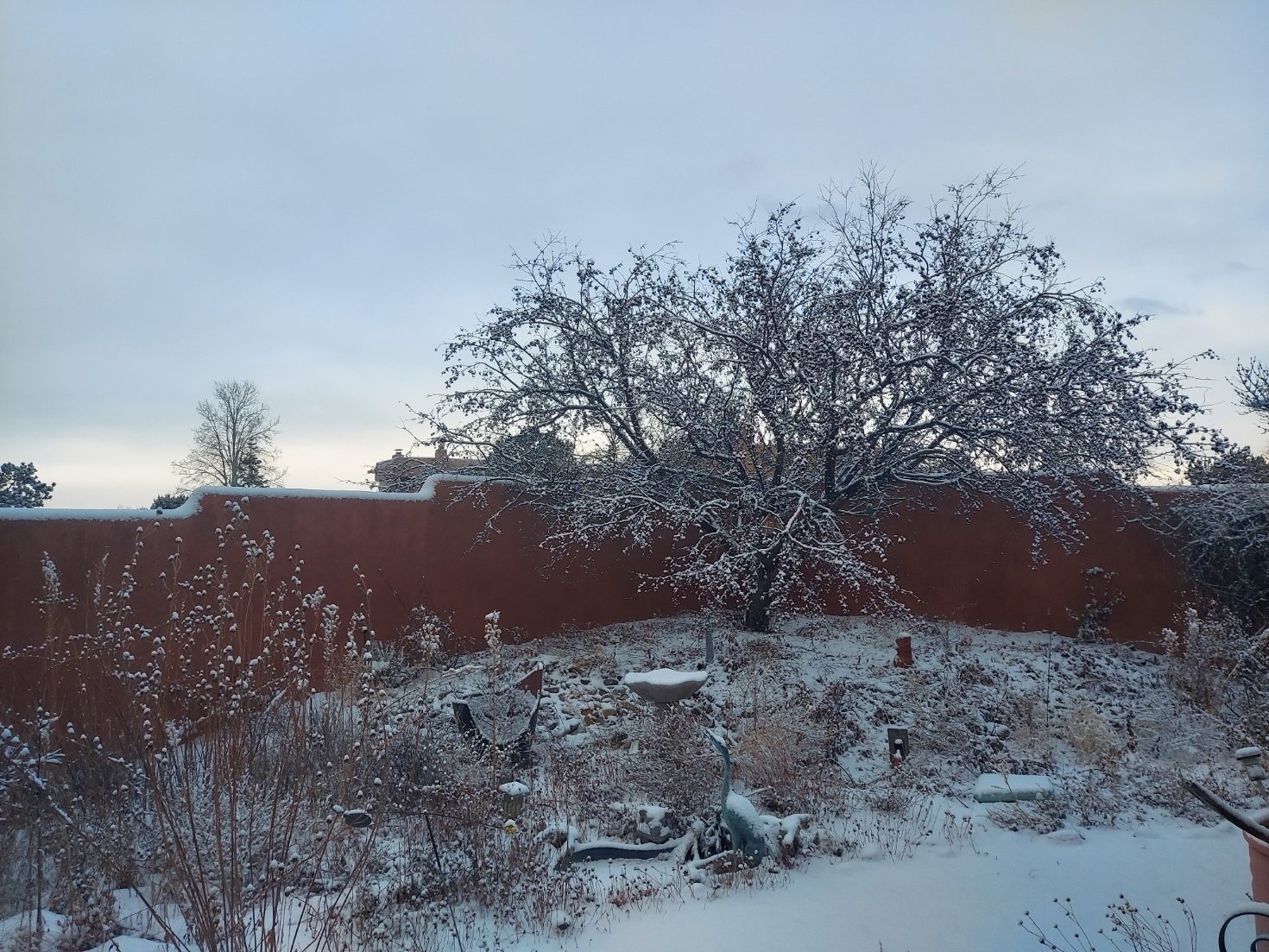
How to write a synopsis – or, at least, fake it the way the pros do! Great news on BANDITS and next steps there. Also, why agents/editors ask for partials, why you should include your profession in your query, and other crazy checks.

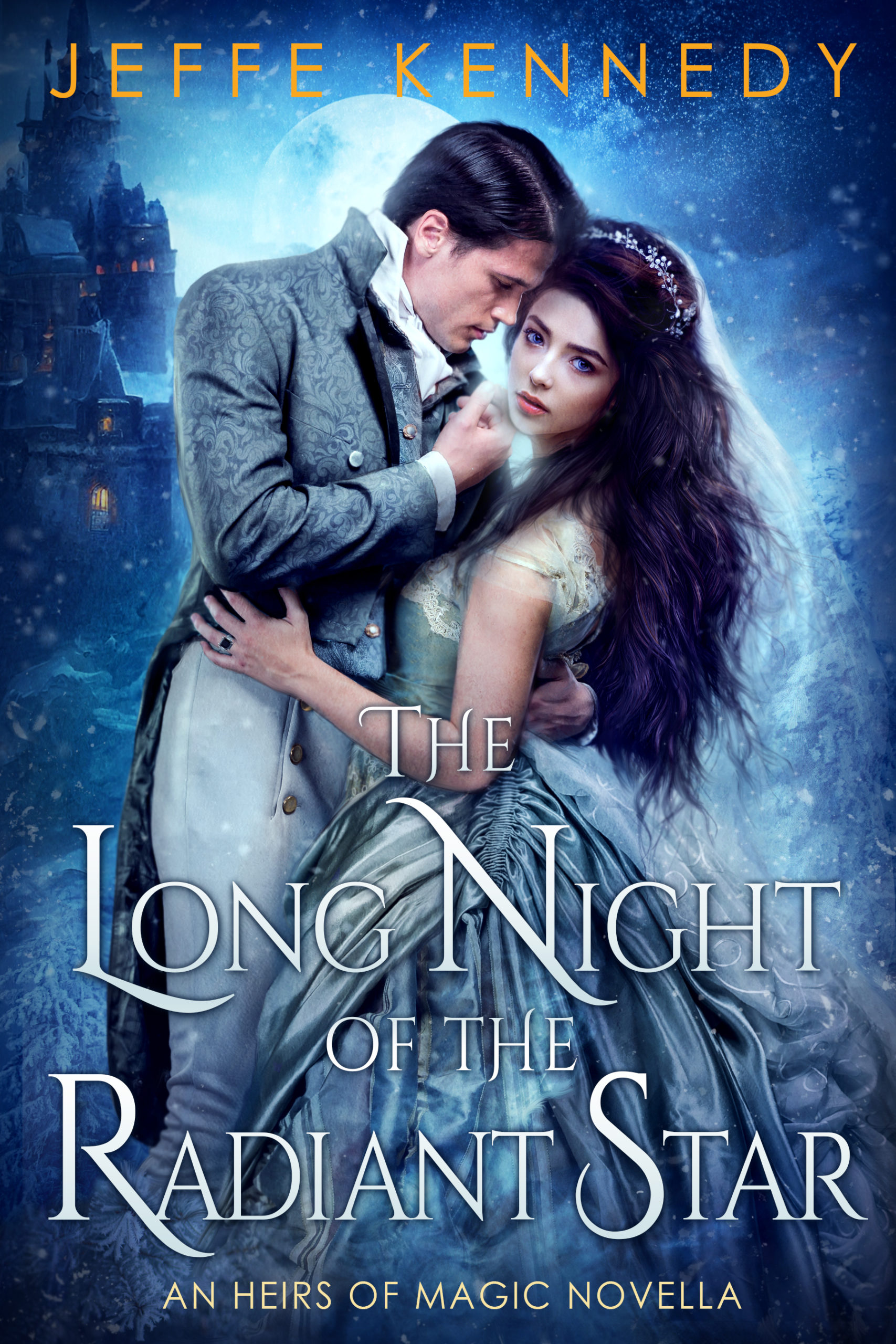
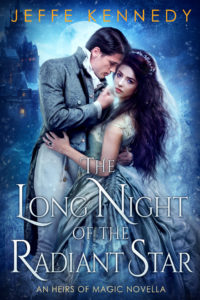
Coming Soon! THE LONG NIGHT OF THE RADIANT STAR.
This is a novella in the Heirs of Magic series and occurs after THE STORM PRINCESS AND THE RAVEN KING. It’s Jak and Stella’s wedding on the longest night, the Feast of Moranu. I think I’ll release it on Monday, November 21, 2022. No preorder this time. I’ll post when it goes live!!
***
At long last, Jakral Konyngrr—lowly sailor, gambler, and sometime rogue—has won the heart and hand of Princess Stella of Avonlidgh. Never mind that Stella’s mother is determined to make their wedding the event of the century, he’s happy to endure any trial to marry the love of his life and his guiding star. Very soon they can sail away together into the rest of their lives. Unfortunately the wedding becomes delayed for several months, until midwinter.
Stella—sorceress, empath, and bearer of the mark of the Tala—has been through great trials. But nothing has tested her as sorely as her passionate and flamboyant mother planning their wedding. Even Jak’s steady love and companionship isn’t enough as Stella finds herself crumbling under the pressure of being snowbound in a castle with the press of so many minds and emotions. When she lashes out, she hits the worst possible target, jeopardizing her chances for happiness.
With several kingdoms and a former enemy empire bearing down on them, Jak and Stella’s wedding on the longest night of year might not happen at all… Unless they can create their own happy ever after.
***
This week at the SFF Seven, we’re talking about Telling vs. Showing, particularly we’re examining when some narrative exposition is needed.
It’s an interesting question, and one very much focused on genre fiction. Many of you know I began my writing career in creative nonfiction. For many years I wrote and sold essays. My first book was an essay collection. At no point in that time – in classes, in critique groups, in discussions with editors – did anyone bring up Telling vs. Showing. It was only after I began writing fantasy romance (etc.) that the concept was introduced to me. I had to learn not to use the narrative exposition that had worked so well for my creative nonfiction voice, but to “show” instead.
Why is this a thing?
The oft-cited example is attributed to Anton Chekhov: “Don’t tell me the moon is shining; show me the glint of light on broken glass.” It turns out this exact quote is probably apocryphal. A passage from the article I linked to says:
In May, 1886, Chekhov wrote to his brother Alexander, who had literary ambitions: “In descriptions of Nature one must seize on small details, grouping them so that when the reader closes his eyes he gets a picture. For instance, you’ll have a moonlit night if you write that on the mill dam a piece of glass from a broken bottle glittered like a bright little star, and that the black shadow of a dog or a wolf rolled past like a ball.”
It’s salient to note that he’s talking about description here. When my genre-fiction editors and critique partners introduced the concept to me, they framed it as a way to deepen the point of view (POV). In genre fiction, in particular, readers love to be immersed in the characters and world, thus the incentive to deepen POV.
I worked diligently to learn to show, not tell.
Fast-forward to my current agent, the insightful and incisive Sarah Younger at Nancy Yost Literary Agency. One day, after reading one of my manuscripts we planned to take on submission to traditional publishing, she said, “Jeffe, I know you work really hard to show, not tell, but sometimes we just need a line or two telling us what the heck is going on.”
And she was right. I was so busy describing the glint of light on broken glass that I was failing to explain that this world had three moons.
In the end, as with all things, it comes down to balance. We need both in order to tell effective stories: immersive description and deep POV, along with some clear narrative exposition to ground the reader in the world.
I’m getting better at it!
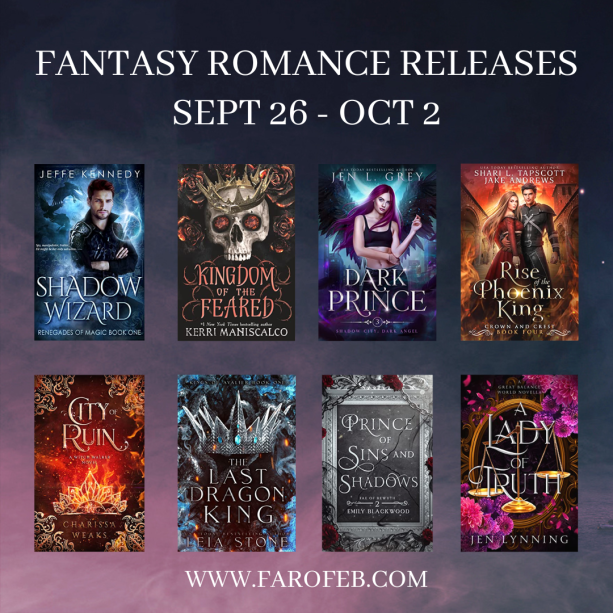
How I handle self-published projects vs. trad-pub targeted projects with my agent, my sugarplum of a midwinter holiday novella, and shaking my cane at publicists these days and how they’re promoting books.
